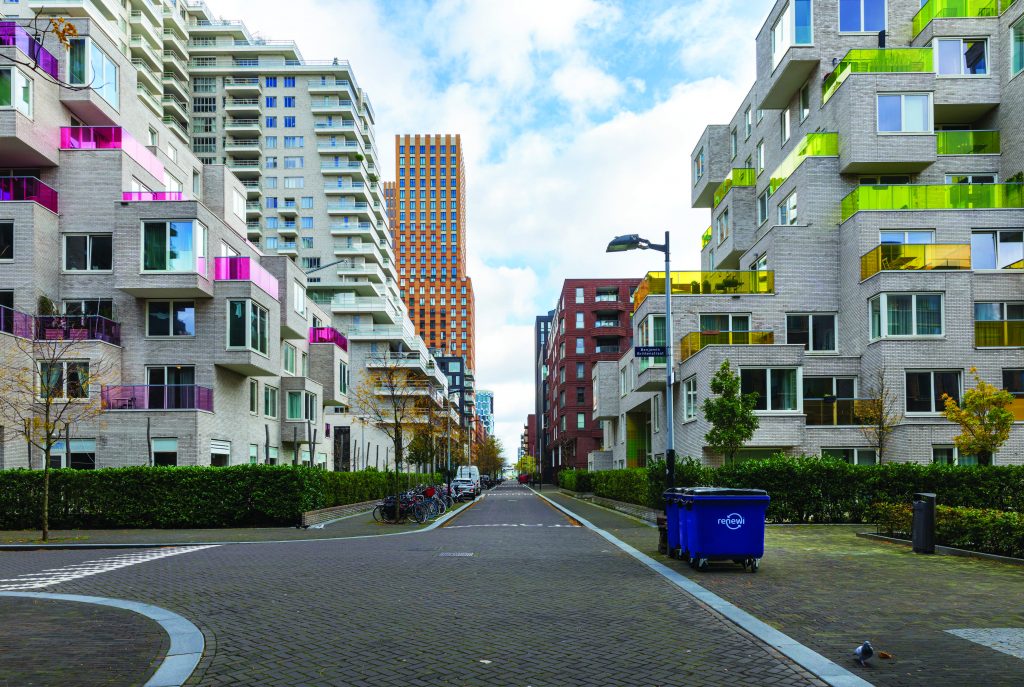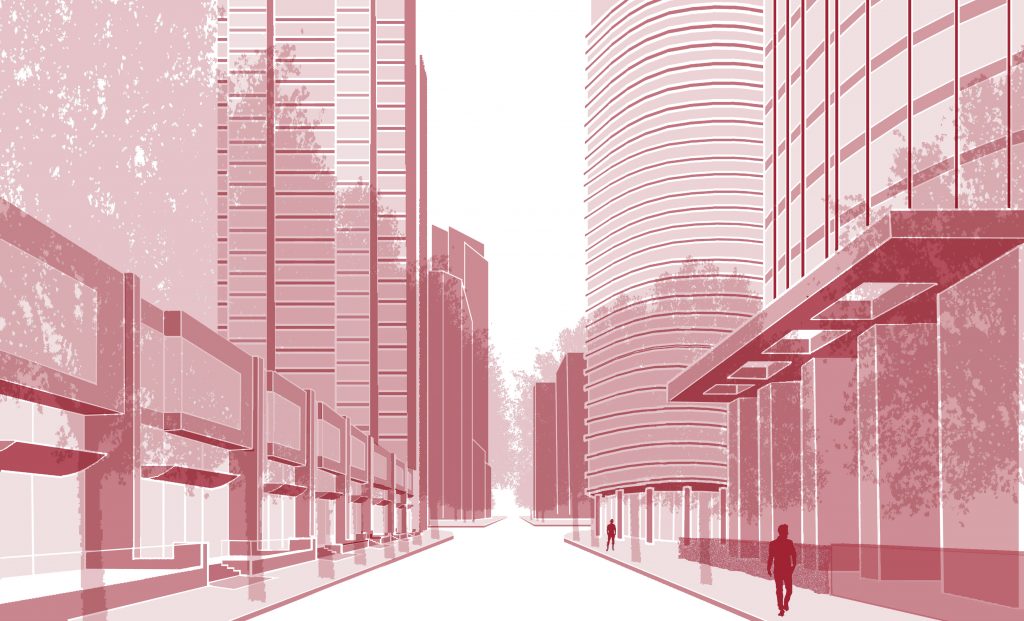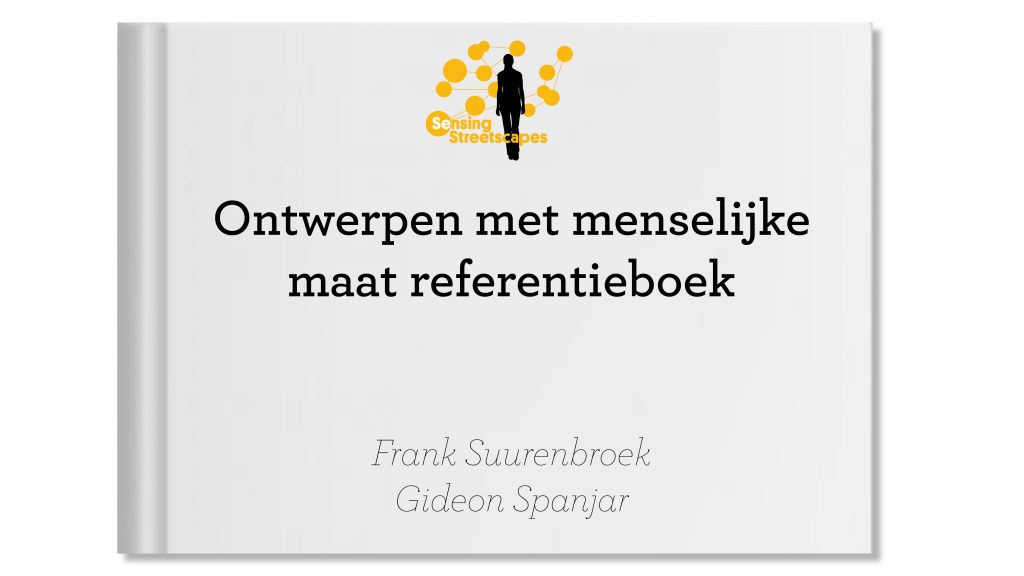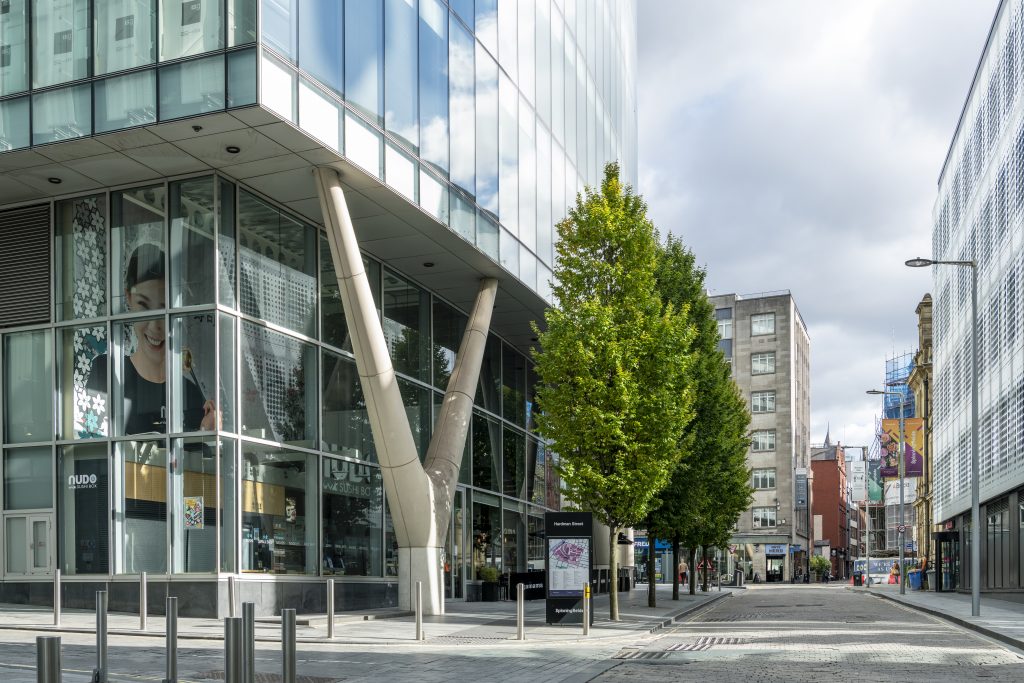Research through Design
In high-density environments, what are the commonly applied design principles and how do they contribute to a human scale at street level?Lessons Learned from Streetscapes in Western Cities
For spatial designers, the built environment is a materialisation of ideas and drawings. As such, it is a rich source of inspiration for their designs. This research line investigates urban areas in six cities that are frequently used as reference locations in design practice. A panel of innovative (landscape) architects and urban planners participates in co-research sessions where they conduct an in-depth analysis of each location using a research through design method. Two types of streets, car-centric and pedestrian-centric, are deconstructed and the applied composition of design principles with their attributes is analysed.
While we can speak of classic design principles, each successful design demonstrates its unique composition of design solutions. The effect of these solutions is often presumed by designers but rarely supported by evidence-based knowledge. In the Research through Design line, we therefore reveal how the physical fabric creates the conditions for the social fabric. We wish to unlock the unconscious impact of a space on its users. Therefore, we apply eye-tracking technology to collect data on users’ visual experiences of the streetscapes and, in particular, areas of interest (AOIs). Mouse-movement technology is also used to collect data on users’ appreciation of those locations.

George Gerschwinlaan in Zuidas, Amsterdam is one of the well-known reference locations we analyse using the research through design method. Photo: Olivier van Breugel
Deconstructing Best Practices Based on Three Classic Design Principles

Using their expertise in architecture, landscape architecture, planning and urban design, the experts were separated into two groups and asked to categorise the photographs of selected streetscapes. When the photographs had been categorised, they were swapped between the groups to confirm and validate the results. If there was consensus on the categorisation of a photograph, it was categorised according to the ‘presence’ or ‘absence’ of a single design principle. Afterwards, an overall categorisation of the presence of the three design principles per scene was made. If no agreement was reached on the application of a design principle, it was classified as ‘ambiguous’. The reference locations were analysed before the eye-tracking test so that the tracked patterns and the (mis)match between the design space and perceived space could be compared afterwards.
As part of our research through design methodology, we assembled a panel of practitioners (our co-researchers) from nine innovative Dutch urban design and (landscape) architecture firms and the Dutch professional association for urban designers. This panel of 14 experts participated in co-research sessions to classify selected pedestrian and car-centric streetscapes according to the presence and quality of three design principles:
- horizontal–vertical rhythm and variety
- active ground floor
- use of tactile materials and level of detail
The experts analysed exemplary streetscapes from six cities:
- Gustav Mahlerlaan and George Gershwinlaan in Zuidas, Amsterdam (NL)
- Cassilis Road and Millharbour in Isle of Dogs, London (GB)
- Atkinson Street and Hardman Street in Spinning Fields, Manchester (GB)
- Sjøgangen and Tjuvholmen Allee in Tjuvholmen, Oslo (NO)
- Bay Street and Wellington Street in Old Toronto, Toronto (CA)
- Alberni Street and West Giorgia Street in West End, Vancouver (USA)
Use Design Guidelines from Western Case Studies for Your Next Design Project
The research draws a comparative analysis of all the case studies, synthesising the patterns in human-scale attributes. What do the existing urban development studies teach us? How can traditional design principles be applied in extreme density environments to shape streetscapes on a human scale? What patterns can be observed and experienced visually? The Research through Design line of research results in a strong case for translating the outcomes into design guidelines that can be applied in spatial design practice.
These guidelines enable urban scholars, spatial designers and their clients (urban developers, municipalities, urban planning agencies and housing corporations) to meet this century’s massive densification challenge while creating streetscapes on a human scale that are appreciated and enlivened by their users.

The Sensing Streetscapes book for practice will be published in 2021! Explore how case studies of western cities are used to analyse the impact of commonly applied design principles on people
What Can We Learn from Chinese Urban Development Projects?
Designers and clients involved in densification projects in western cities tend to turn to European and North American examples for inspiration. In an attempt to understand which design solutions create streetscapes on a human scale that people can relate to, Sensing Streetscapes also focused on these examples. However, we invited Daan Roggeveen (More Architecture) to find and analyse inspiring reference locations in China: the number of high-density housing projects in China has grown astronomically over the last decade and they might provide relevant examples for western cities.
Daan is a Dutch architect and researcher who lived and worked in China for more than 10 years. He knows Chinese architectural practice from the inside and is familiar with the Dutch densification projects. We selected eight (from a total of 32) projects in Beijing, Shanghai, and Shenzhen to analyse in-depth. China-based Dutch photographer Ruben Lundgren travelled to each project to take photographs. Daan’s team analysed each project’s programme, density, structure and design solutions.
The results have been compiled and presented in a booklet.

The Jianwai SOHO business park in Beijing. Photo: Ruben Lundgren
Join Our Knowledge Quest!
Do you know any great examples of high-density living environments built within the last 30 years? Some examples of great high-density environments are well-known— Vancouver, Toronto, London, Manchester, Amsterdam, Hamburg, Manhattan. But what lesser-known examples of Great High Density Living Environments are out there for us to learn from? Share your knowledge and contribute to the creation of an open repository via Crowd Creation. To be truly exemplary, the area should include a mixture of functions (at least some of them high-rise), where the physical fabric retains a human scale at street level despite the high density.
To provide a framework for the search, here is a list of required characteristics:
- Residential environment in an inner-city area
- Built within the last 30 years—or about to be ‘opened’ soon
- Built for high density with some high-rise buildings
- Success in creating a human scale at eye-level on the street
- Some level of mixed functions, green design, etc. —anything that increases the liveability of the environment
Follow the link below to discover some of the reference locations your peers have contributed!
 Photo: DavidBurrowsPhotography.co.uk
Photo: DavidBurrowsPhotography.co.uk
